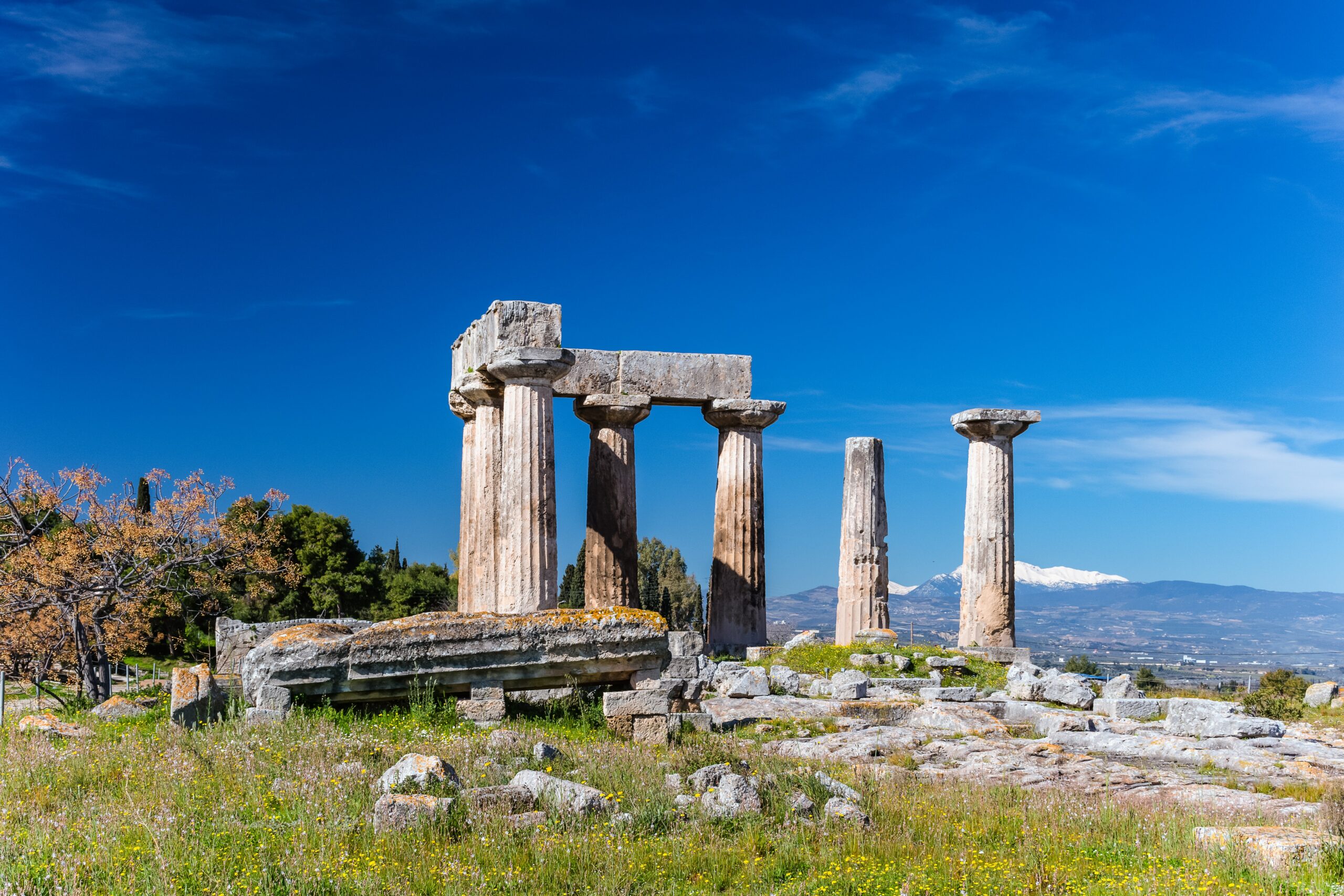The stories of the bible portray an elaborate world of characters, events and faith, stories that allow us to enter a door reaching far as thousands of years ago. It is true that many of the stories present uncanny events that point a supernatural ambiance to them, but throughout historical findings, anthropological and archaeological research that has been pursuing their authenticity in scientific eyes, we witness the unveiling of ancient relics of one of the greatest kingdoms known in the history of mankind.
A kingdom that started with the might of King David in the 10th century BCE, as he united the south of Judah to become a new reign of Israel. After his death, his son Solomon inherited the kingdom and made it the legend it is to this day.
The legend is illuminated by archaeological excavations
One of the most exciting finds in recent years is the one presented by Prof. Garfinkel, head of the Hebrew University of Jerusalem’s Institute of Archaeology. The discovery has uncovered a fortified wall in the Canaanite city of Lachish, mentioned in the book of Chronicles as one that was under the united reign of King David and his heirs.
Using carbon dating, this site was set to have been built in the 10th century, around 920 BCE, which was the exact time of the rule of Solomon’s son Rehoboam. Another site called Hirbet Qeiyafa is also addressed to the Judean Hills presenting a shrine that indicates royal architecture from the times of David and Solomon. See, the old Israelite region in those years is described as one of the strongest memories of the Southern Levant. It was the time of a “united monarchy” that fell apart after Solomon’s death.
David and Solomon are monumental figures in eastern and western traditions, and modern historiography has long confirmed the historicity of these figures and the basic authenticity of ancient Israel under their reign. The Solomonic temple, the iconic structure of Zion, has continuously been considered as the only legitimate place of central cultic worship amid the hectic political arena of those days.
During the late 1950s, archaeologist Yigael Yadin discovered 2 of the cities mentioned in 1 Kings 9 – Megiddo and Hazor, together with another excavation report at the area of Gezer, concluding that the city gates were engineered by the same designer – King Solomon.
“Here is the account of the forced labor King Solomon conscripted to build the Lord’s temple, his own palace, the terraces, the wall of Jerusalem, and Hazor, Megiddo and Gezer. Pharaoh king of Egypt had attacked and captured Gezer. He had set it on fire. He killed its Canaanite inhabitants and then gave it as a wedding gift to his daughter, Solomon’s wife. And Solomon rebuilt Gezer. He built up Lower Beth Horon, Baalath, and Tadmor in the desert, within his land, as well as all his store cities and the towns for his chariots and for his horses—whatever he desired to build in Jerusalem, in Lebanon, and throughout all the territory he ruled.”
A long time ago, circuit 1860, archaeologist Warren discovered a courtyard wall in Jerusalem that later on was found identical to the one found in Megiddo at the time of Solomon’s reign.
Another discovery struck the archaeological scene when Eilat Mezer and her team revealed an ancient structure at the Ophel in Jerusalem. Among the discoveries, a jug was found inscribed with the earliest alphabetical ever discovered in Jerusalem. The findings indicate a fully-functioning, educated administration that operated regulations and taxes associated with the Solomonic reign.
In addition to that, in 2013, archaeologist Ben Ezra and his team discovered revised evidence associated with the copper mines in the Aravah Desert, mines that were administered by Edomites, one of Israel’s ancient enemies who lived during Solomon’s period.
The wisdom beyond the sense of time
Great actions and revolutionary thinking reach far beyond a certain period of time, eternal in their impact, even after the fall of empires and geographic shifts. It is the universal wisdom that unifies mankind under the same desires, philosophy, values, and goals in this journey of life that is shared with each and every one of us. This is why Solomon’s wisdom is forever relevant, and yet still mysterious, while every now and again we discover another piece of this majestic history. Every archaeological finding stands as vivid proof of an ancient world buried beneath the earth, the same earth that had existed here thousands of years ago and will exist long after we leave this world.
Exploring this history shines a light on the invaluable contribution King Solomon had made in his lifetime, in arts, poetry, architecture, diplomacy, love, godly worship, and the sense of meaning in people’s life. Solomon touched every aspect, political, psychological, spiritual, cultural, and his ruling affected not only individuals but also entire societies. Just as past cultures were united under the reign of Solomon as he developed international relationships with nearby kingdoms, gave advice to people who made a pilgrimage to consult him, so can we be assisted with his wisdom in the 21st century. As people, we always experience the same constant situations that define our lives as members of humankind, situations that refer to our health, livelihood, love and friendship, protection from harm, the desire to find a peaceful and full life.
It is truly amazing how eras change and kingdoms pass, but human experience keeps its same core throughout centuries. With this in mind, we can all use this piece of history to widen our perspective and gain the wisdom to unfold a life worth living.

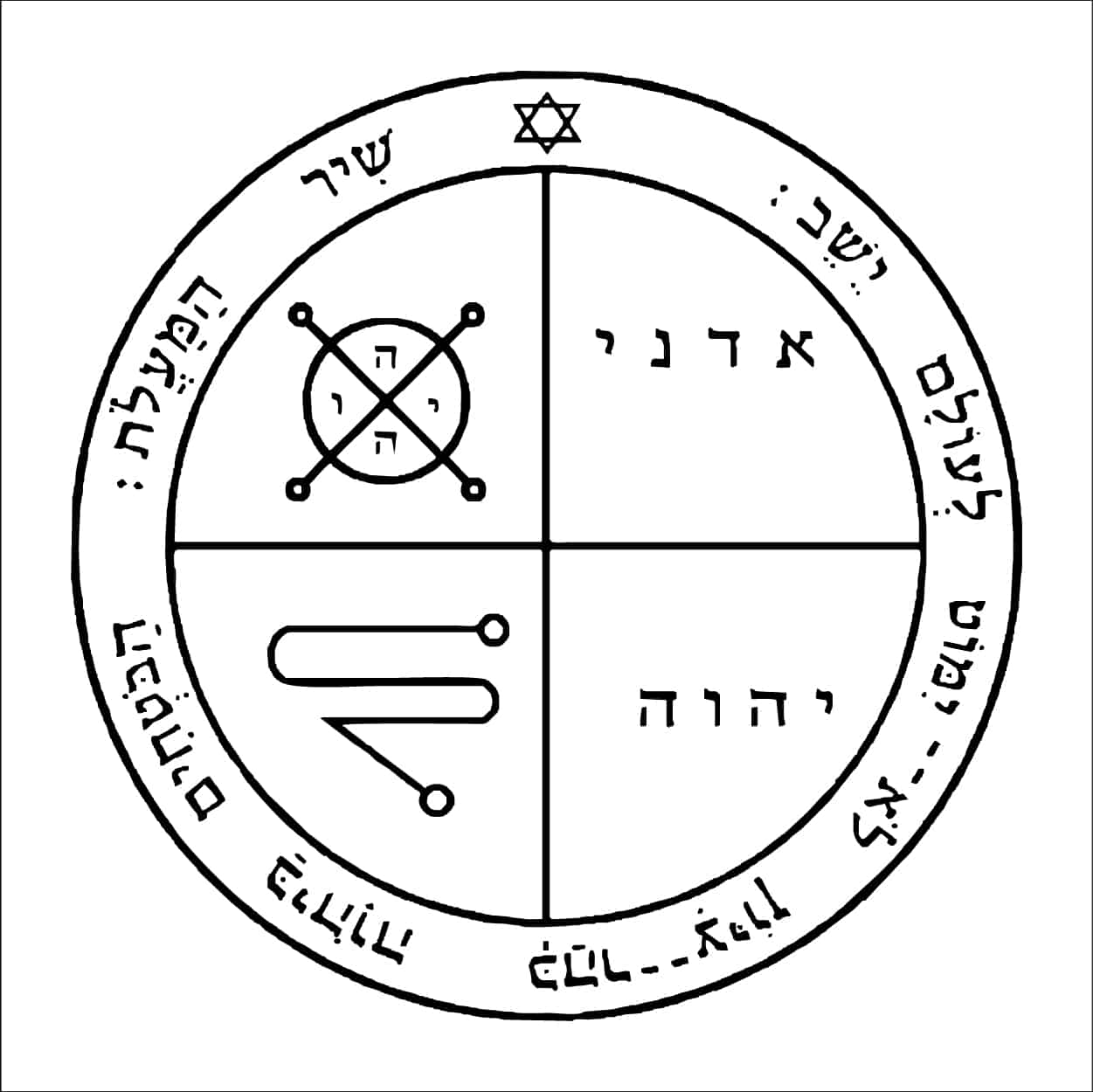 Evil Eye Protection Seals
Evil Eye Protection Seals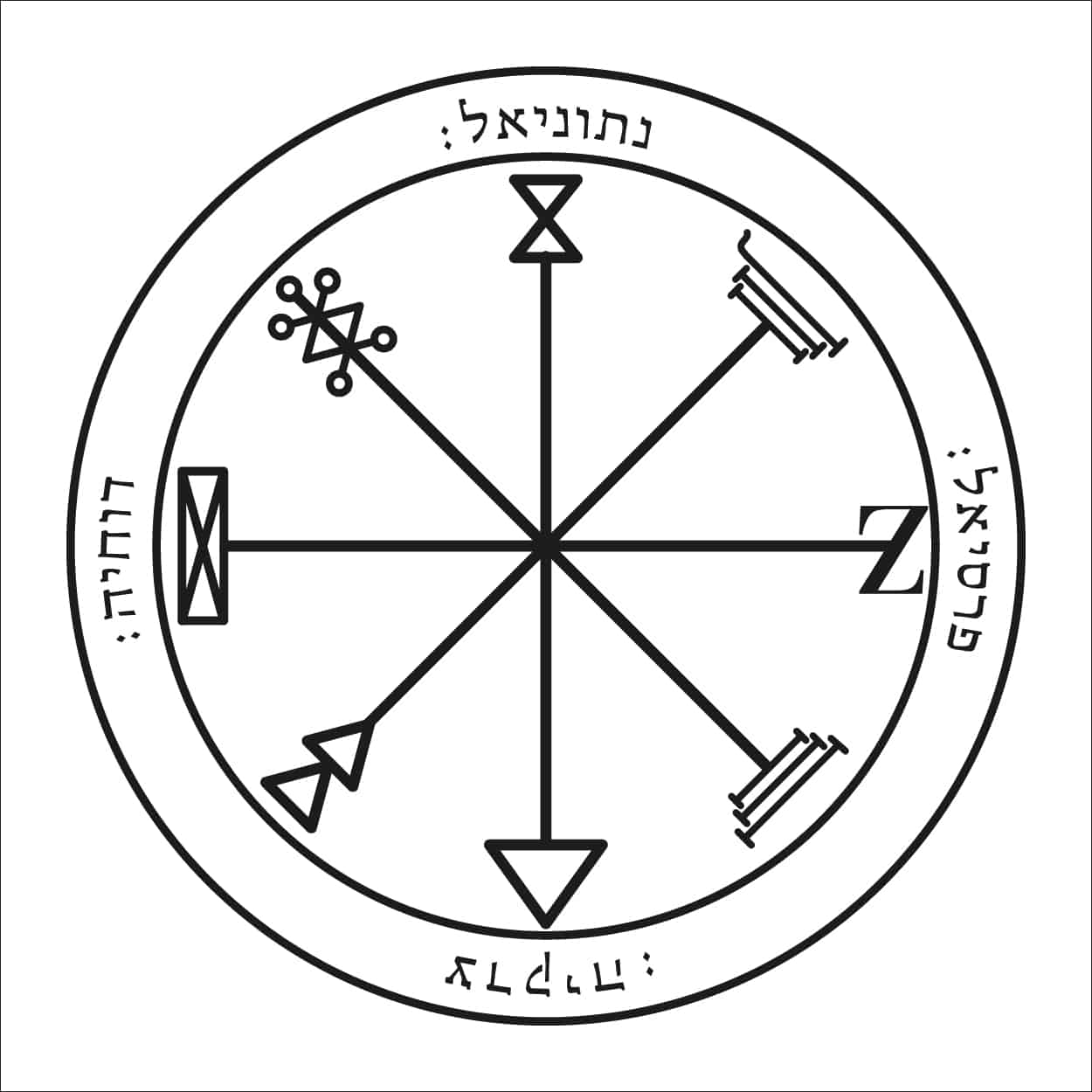 Abundance & Prosperity Seals
Abundance & Prosperity Seals Guarding & Protection Seals
Guarding & Protection Seals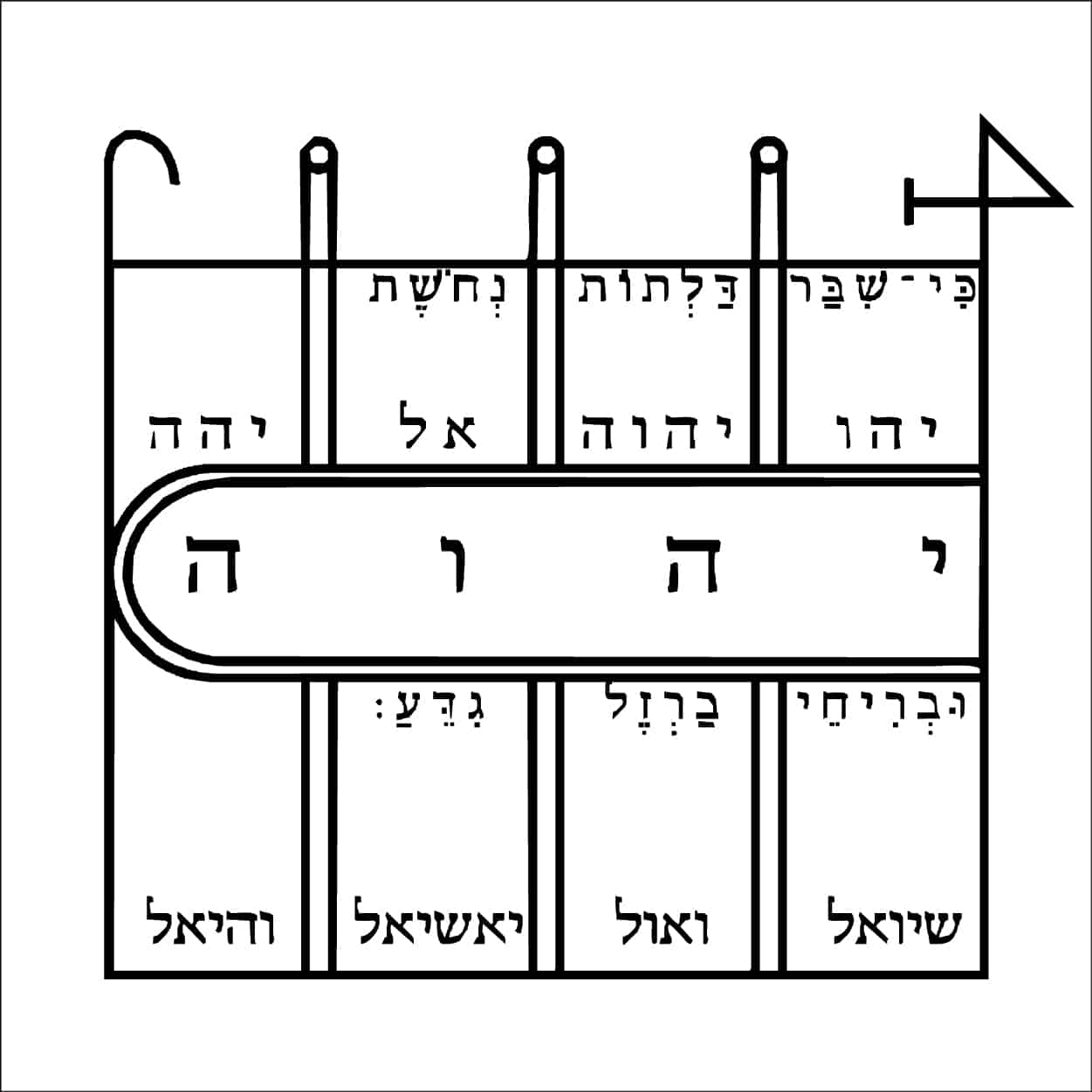 Paths Clearing Seals
Paths Clearing Seals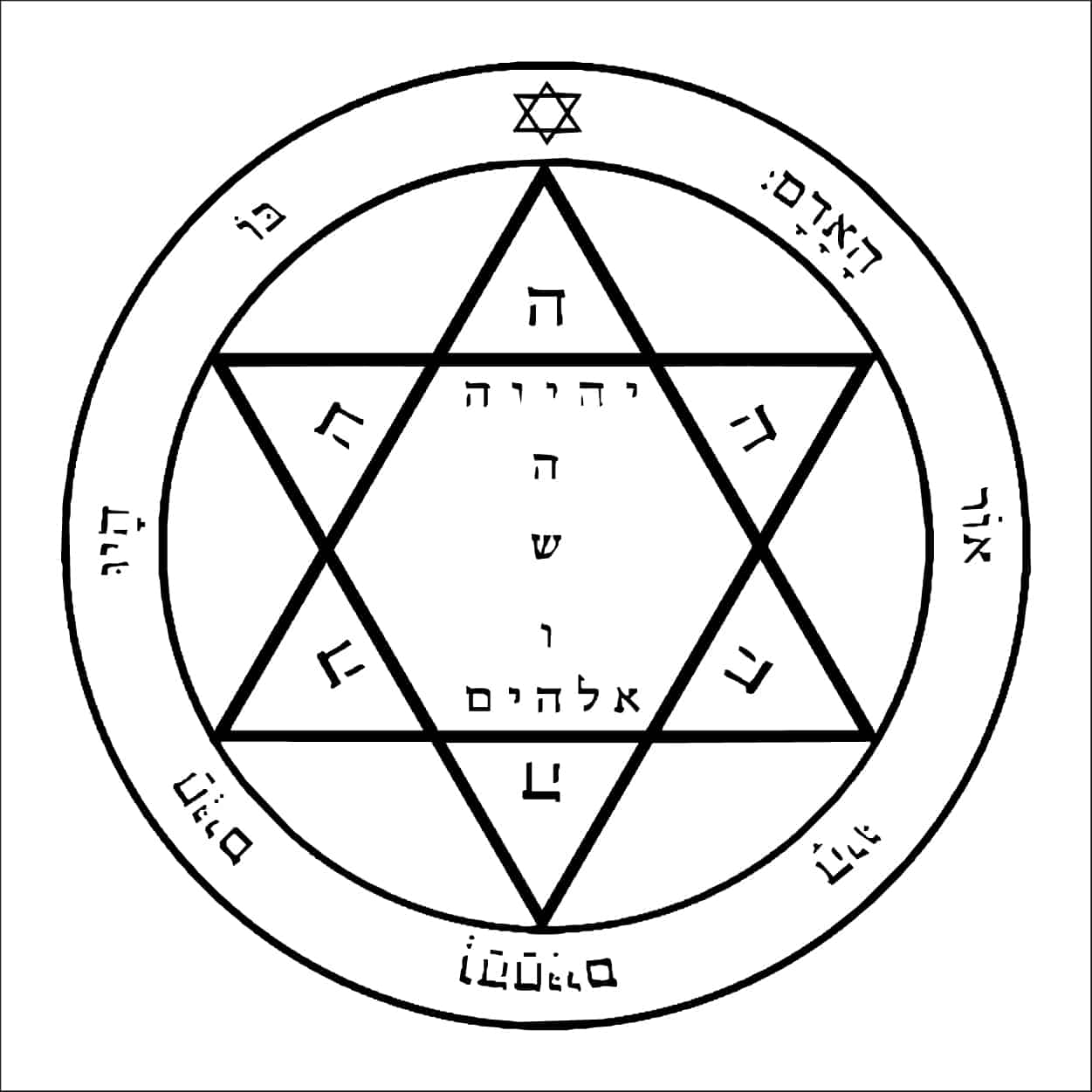 Health Seals
Health Seals Recuperation Seals
Recuperation Seals Spiritual Growth Seals
Spiritual Growth Seals Tranquility & Equilibrium Seals
Tranquility & Equilibrium Seals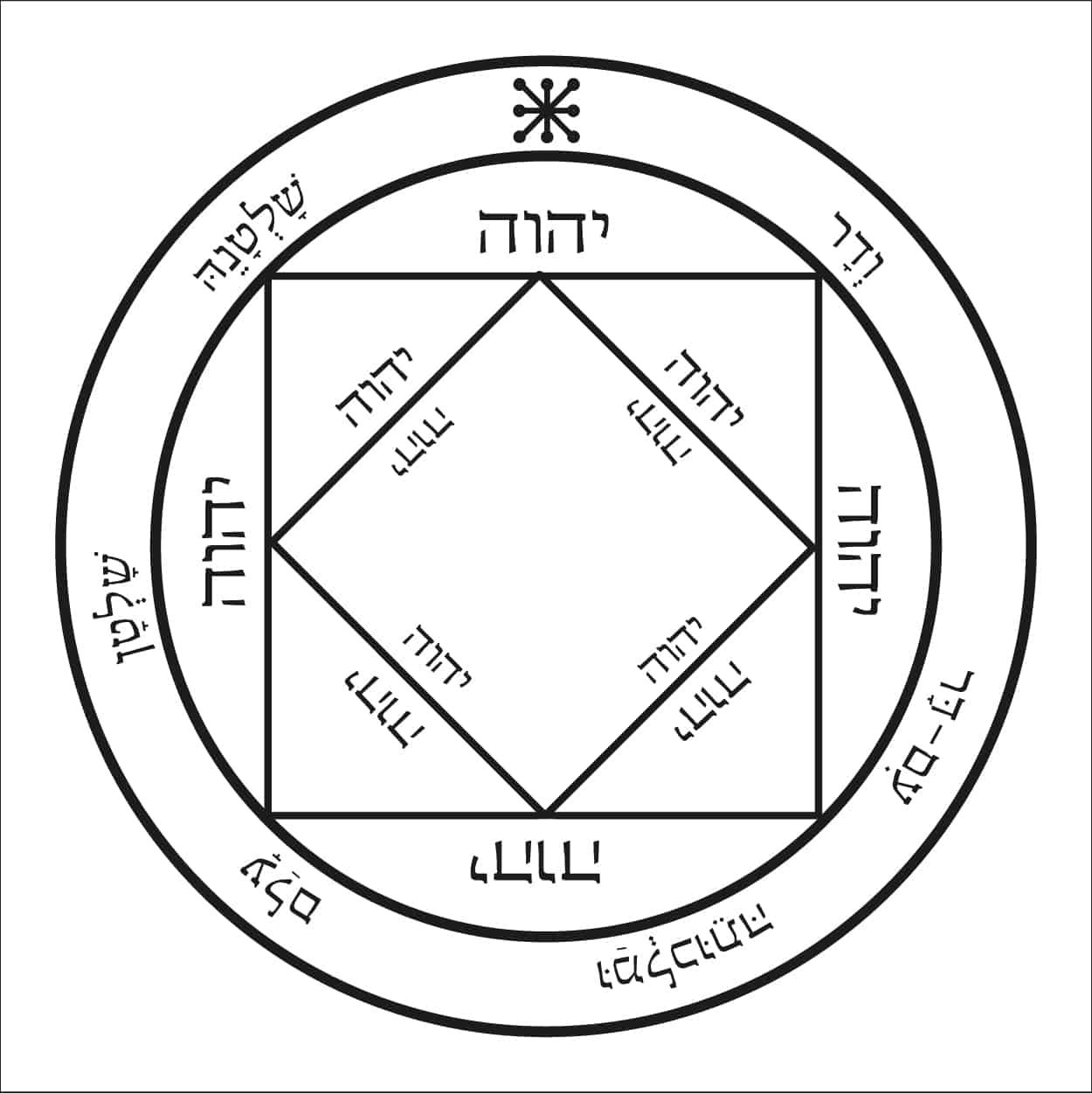 Victory & Achievement Seals
Victory & Achievement Seals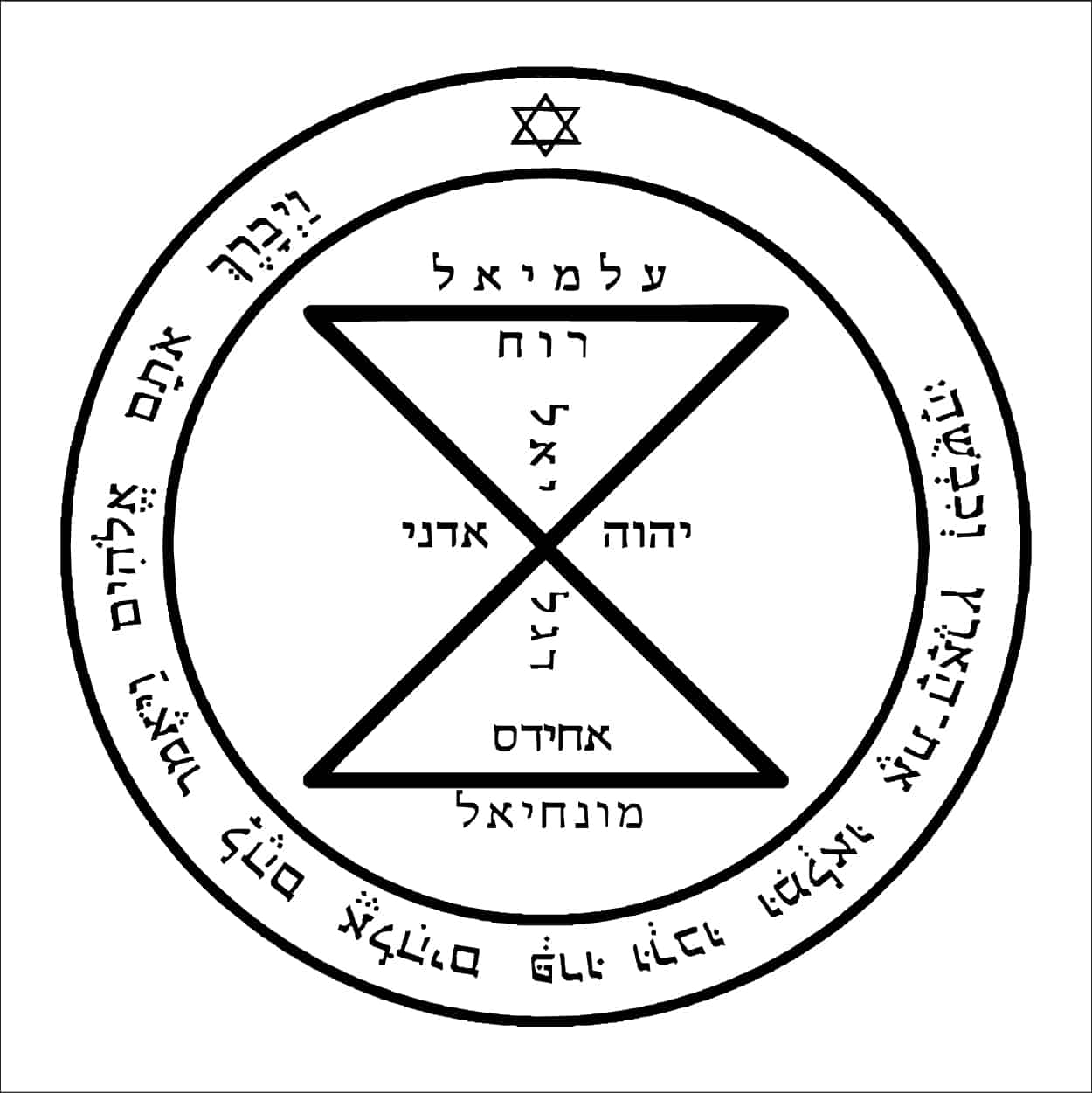 Matching Seals
Matching Seals Love Seals
Love Seals Fertility Seals
Fertility Seals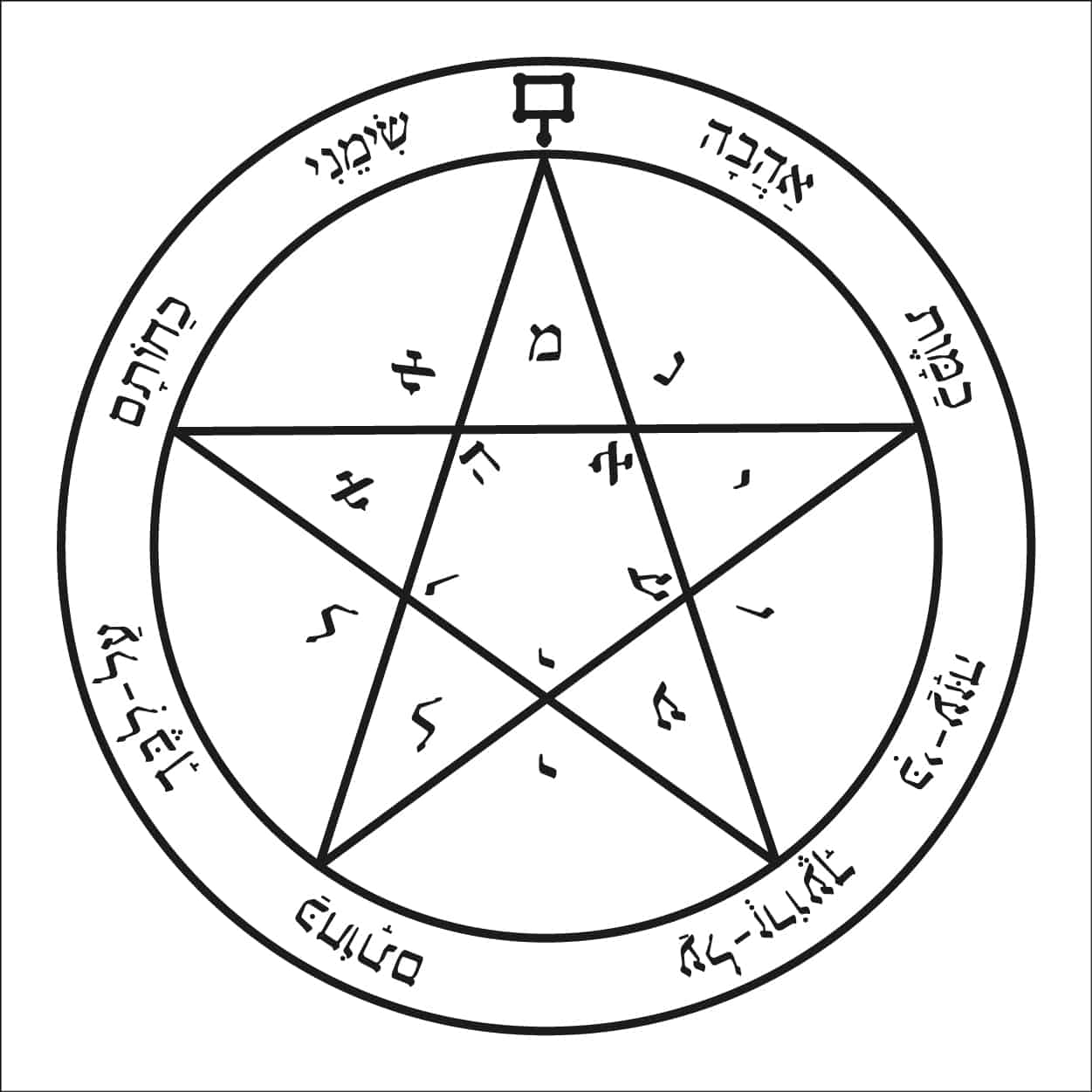 Wishes Seals
Wishes Seals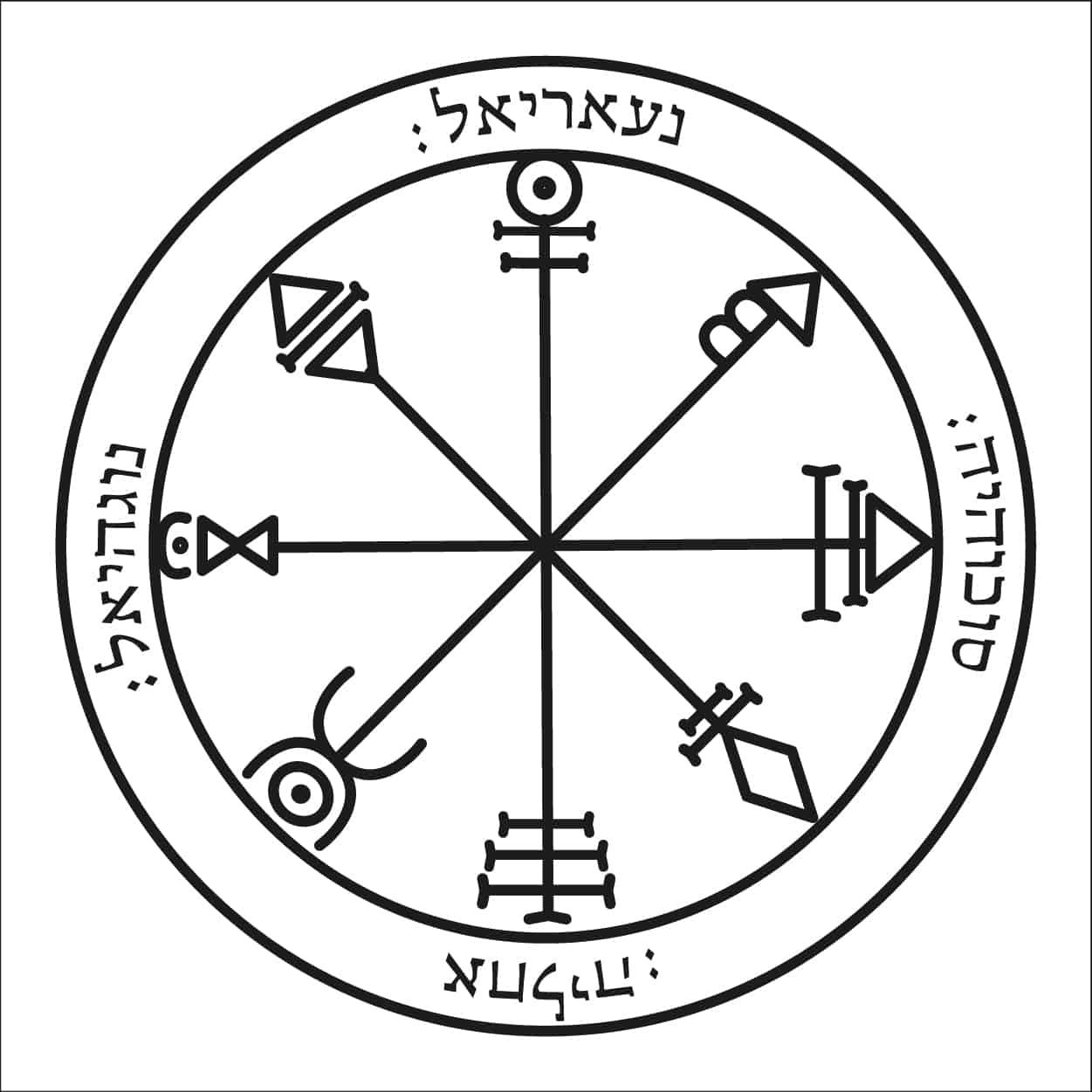 Harmony Seals
Harmony Seals Livelihood Seals
Livelihood Seals